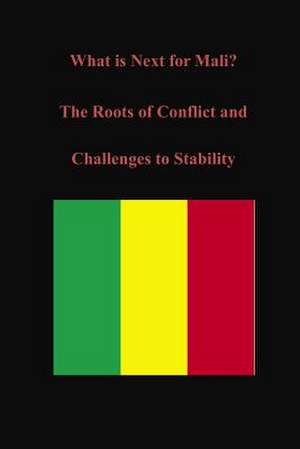What Is Next for Mali? the Roots of Conflict and Challenges to Stability
Autor U. S. Army War Collegeen Limba Engleză Paperback
Preț: 70.70 lei
Nou
Puncte Express: 106
Preț estimativ în valută:
13.53€ • 14.07$ • 11.17£
13.53€ • 14.07$ • 11.17£
Carte disponibilă
Livrare economică 24 martie-07 aprilie
Preluare comenzi: 021 569.72.76
Specificații
ISBN-13: 9781497595538
ISBN-10: 1497595533
Pagini: 88
Dimensiuni: 152 x 229 x 5 mm
Greutate: 0.13 kg
Editura: CREATESPACE
ISBN-10: 1497595533
Pagini: 88
Dimensiuni: 152 x 229 x 5 mm
Greutate: 0.13 kg
Editura: CREATESPACE
